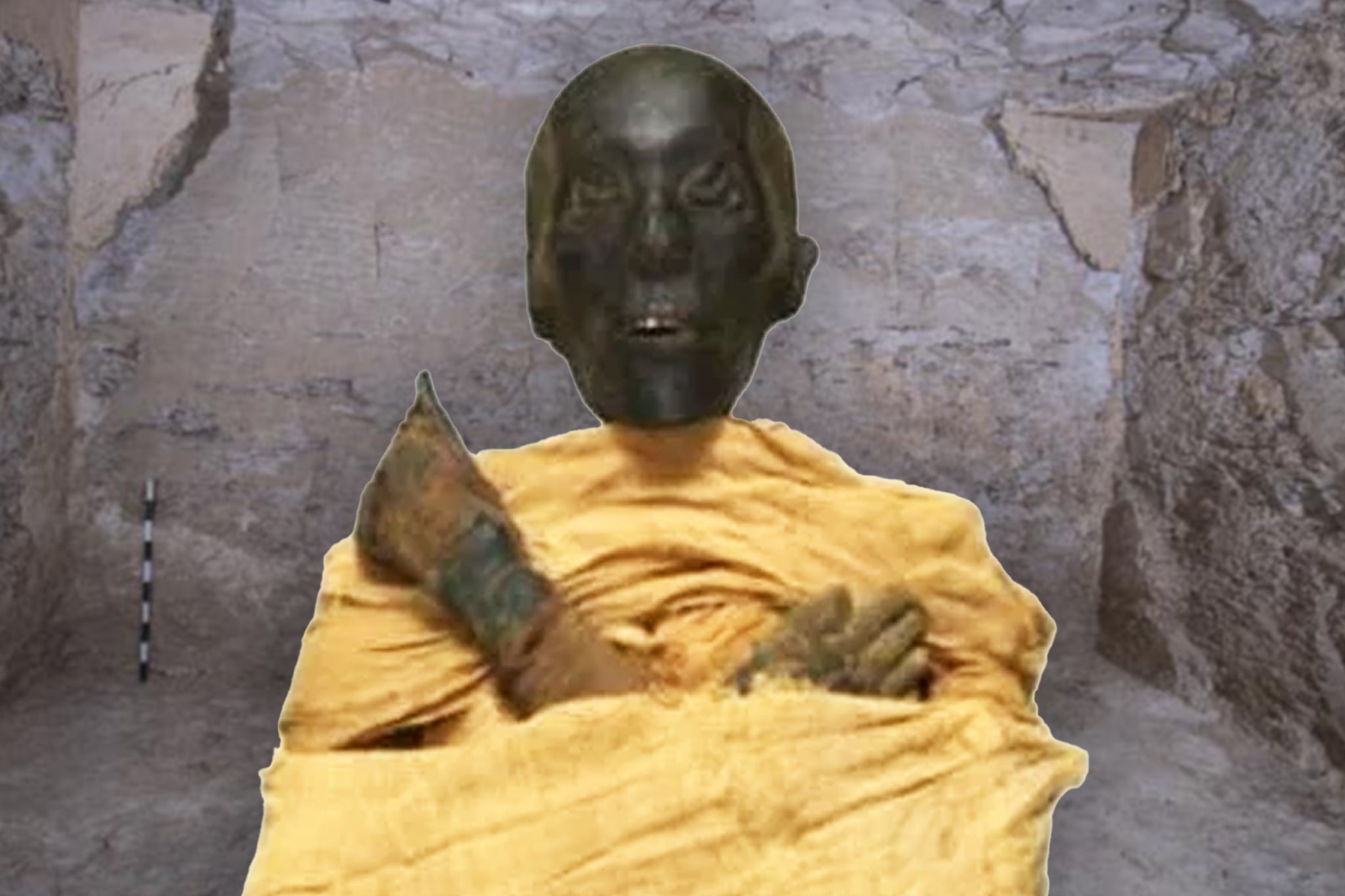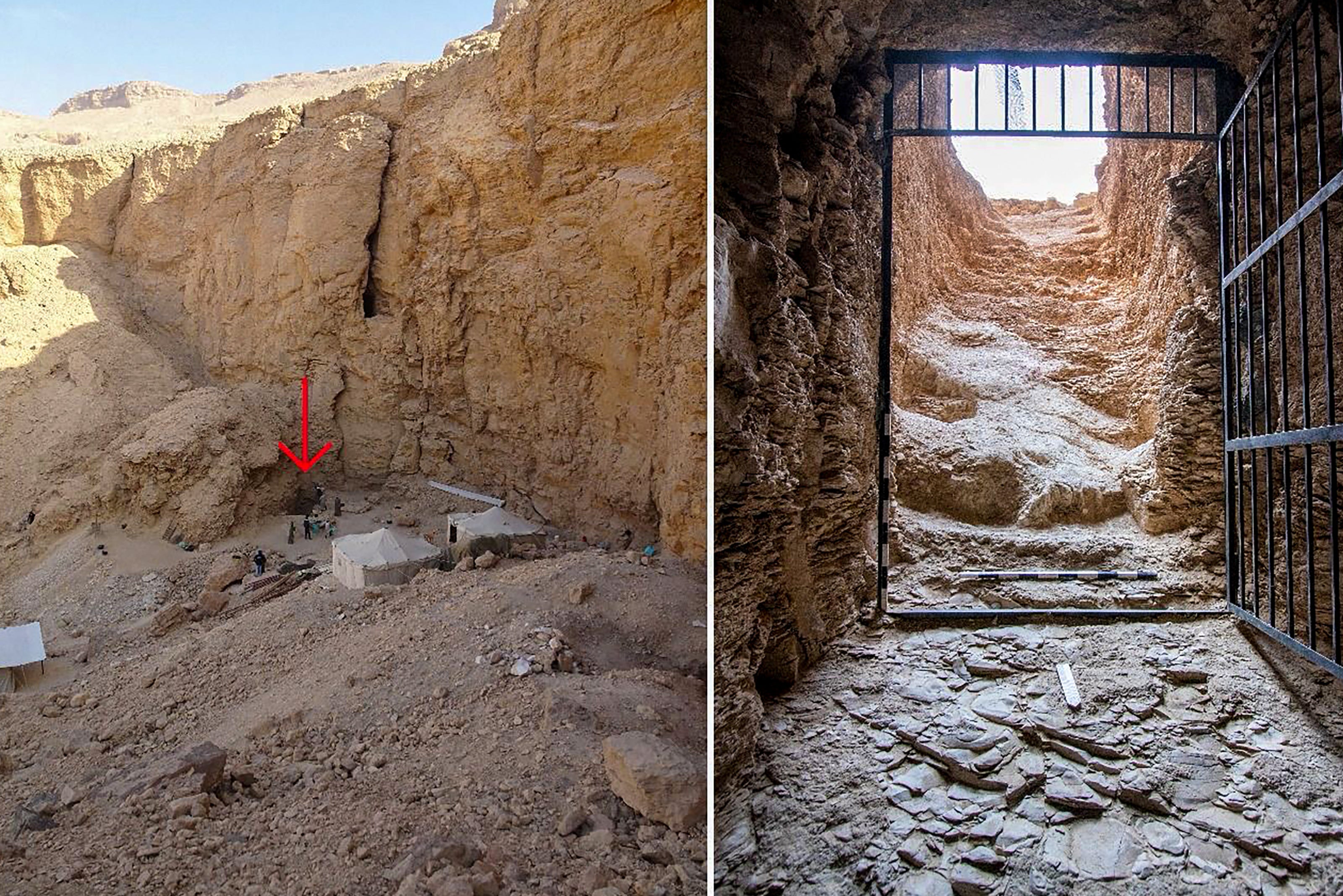Thutmose II was the fourth ruler of the illustrious ancient Egyptian 18th dynasty, which included Tutankhamun. Now, the location of his long-lost tomb, one of the last missing royal tombs, has been confirmed by the New Kingdom Research Foundation, a British-Egyptian archaeological team led by Piers Litherland.
It’s the first pharaoh’s tomb to be discovered in Luxor for over a century.
Thutmose II had a relatively short and uneventful reign, but his enduring legacy is his family. He was husband and half-brother of the female pharaoh Hatshepsut, and father of Thutmose III, arguably ancient Egypt’s greatest military leader.
Thutmose was himself of royal blood as a biological son of Thutmose I. But as his mother was only a minor wife, his marriage to Hatshepsut (also a daughter of Thutmose I, by his principal wife Ahmose) cemented his position in line to the throne.
About 500 years after Thutmose II’s death, ancient Egyptian officials of the 21st dynasty realised that his tomb (and that of other royals from the New Kingdom) had become vulnerable to damage from flooding and the attentions of tomb robbers. They chose a secret place in the Theban cliffs to relocate the royal remains to.

The mummified bodies of kings, queens and other significant people were interred in their new resting place near Hatshepsut’s temple. The entrance was well disguised by sand and rocks, and was inaccessible by foot. There they lay there until the late 19th century.
When the area became known to Egyptologists in 1881, the cache was found to contain the bodies of, among others, Ramesses II, Seti I, Thutmose III and, of course, Thutmose II.
They were moved from the Egyptian Museum in Tahrir Square, Cairo, in a spectacular, globally broadcast parade to the newly opened National Museum of Egyptian Civilization in 2021.
But the search for Thutmose II’s original tomb continued.
This tomb, designated C4, is located in a relatively inaccessible position. It is next to the magnificent mortuary temple of Hatshepsut, Thutmose’s principal wife and later pharaoh in her own right, at the site of Deir el-Bahri on the west bank of the Nile at Luxor.

Click Here to Read the Full Original Article at The Independent Travel…
